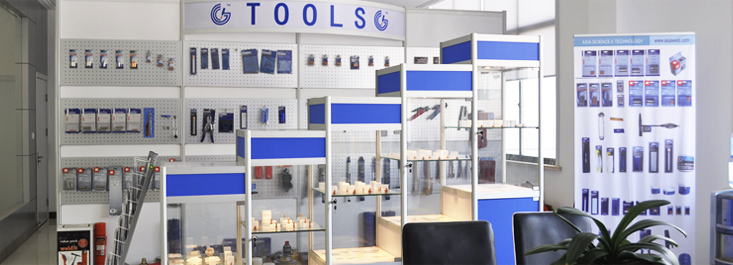Heat-resistant steel welding wire is used in high-temperature applications where the welded joint needs to withstand extreme heat without losing its mechanical properties. This type of wire is commonly used in industries like power generation, petrochemical, and manufacturing where equipment operates under high temperatures.
Key Features of Heat-Resistant Steel Welding Wire:
1. High-Temperature Resistance: Designed to perform well at temperatures typically ranging from 400°C to 1,200°C, depending on the alloy and application.
2. Alloy Composition: Often made from special alloys like chromium-molybdenum (Cr-Mo), nickel-chromium (Ni-Cr), or other high-alloy steels. These elements enhance the wire’s resistance to thermal stresses and oxidation.
3. Mechanical Properties: Provides excellent strength, toughness, and durability at elevated temperatures, which is crucial for maintaining the integrity of welded joints under thermal cycles.
4. Corrosion Resistance: Many heat-resistant wires also offer good resistance to oxidation and corrosion, especially when exposed to aggressive environments.
5. Applications: Commonly used for welding components in boilers, turbines, exhaust systems, and other machinery subjected to high thermal stress.
Types of Heat-Resistant Welding Wire:
1. Chromium-Molybdenum Steel Wire: Often used for welding low-alloy steels and is suitable for applications requiring high-temperature strength, such as in power plants.
2. Nickel-Chromium Wire: Provides excellent oxidation resistance and is used in applications where both high temperature and corrosive environments are a concern.
3. Stainless Steel Wire: Certain grades of stainless steel wire are also heat-resistant and are used in applications involving high temperatures and aggressive environments.
Welding Techniques:
TIG (Tungsten Inert Gas) Welding: Provides precise control and is often used for high-quality welds in heat-resistant steel applications.
MIG (Metal Inert Gas) Welding: Offers a faster welding process and is suitable for thicker sections or higher productivity needs.
Stick Welding: Sometimes used for heat-resistant applications but typically less common for high-precision work compared to TIG or MIG.





